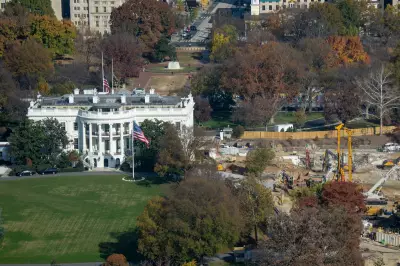
In a controversial move that has stirred debate within the ranks, US National Guard members stationed in Washington D.C. have been ordered to remove their personal firearms from their Capitol barracks. The directive mandates that hundreds of troops must now store their weapons in secure, off-site armouries, significantly altering their force protection posture.
The order, issued by senior defence officials, cites the need to mitigate potential security risks in the highly charged political environment of the capital. This decision effectively means guardsmen will not have immediate access to their personal weapons while residing in their temporary accommodations, a point of contention for many service members.
Internal Tensions and Security Concerns
The new measure has not been met without resistance. Several guardsmen, speaking on condition of anonymity, have expressed serious concerns to news outlets. They argue that this policy leaves them vulnerable and undermines their fundamental right to self-defence, especially given their role in protecting federal property.
This security recalibration follows the massive deployment of nearly 26,000 Guard personnel to Washington D.C. in the wake of the January 6th Capitol breach. While the current footprint has been drastically reduced, the several hundred troops that remain are now navigating this new and unpopular firearms protocol.
The Official Stance and Logistics
Official statements from the National Guard Bureau and Pentagon officials confirm the policy, framing it as a standard procedure for units deployed and housed in certain federal districts. They emphasise that unit-issued weapons and equipment remain secure and accessible for their designated mission requirements.
Logistically, the process involves troops transporting their privately-owned firearms to an approved armoury outside the city centre for the duration of their deployment. The military asserts that this centralised storage solution is the safest and most responsible course of action.
This development highlights the complex and evolving challenges of securing the US Capitol complex. It underscores the delicate balance military leaders must strike between operational readiness, force protection, and the unique political sensitivities of their deployment in the nation's capital.





